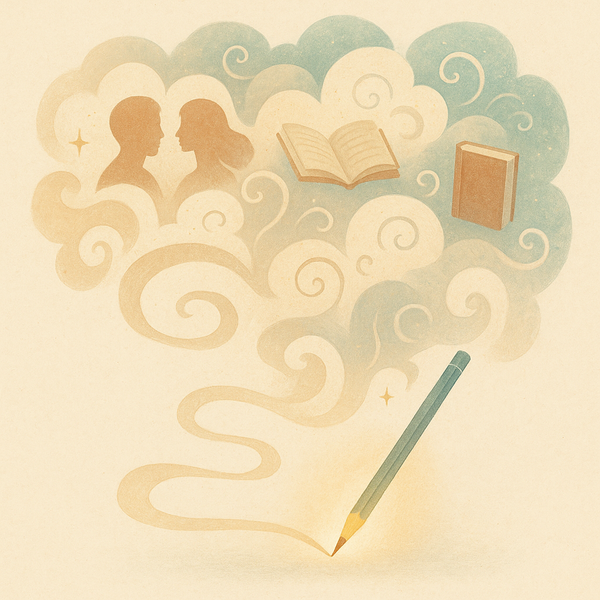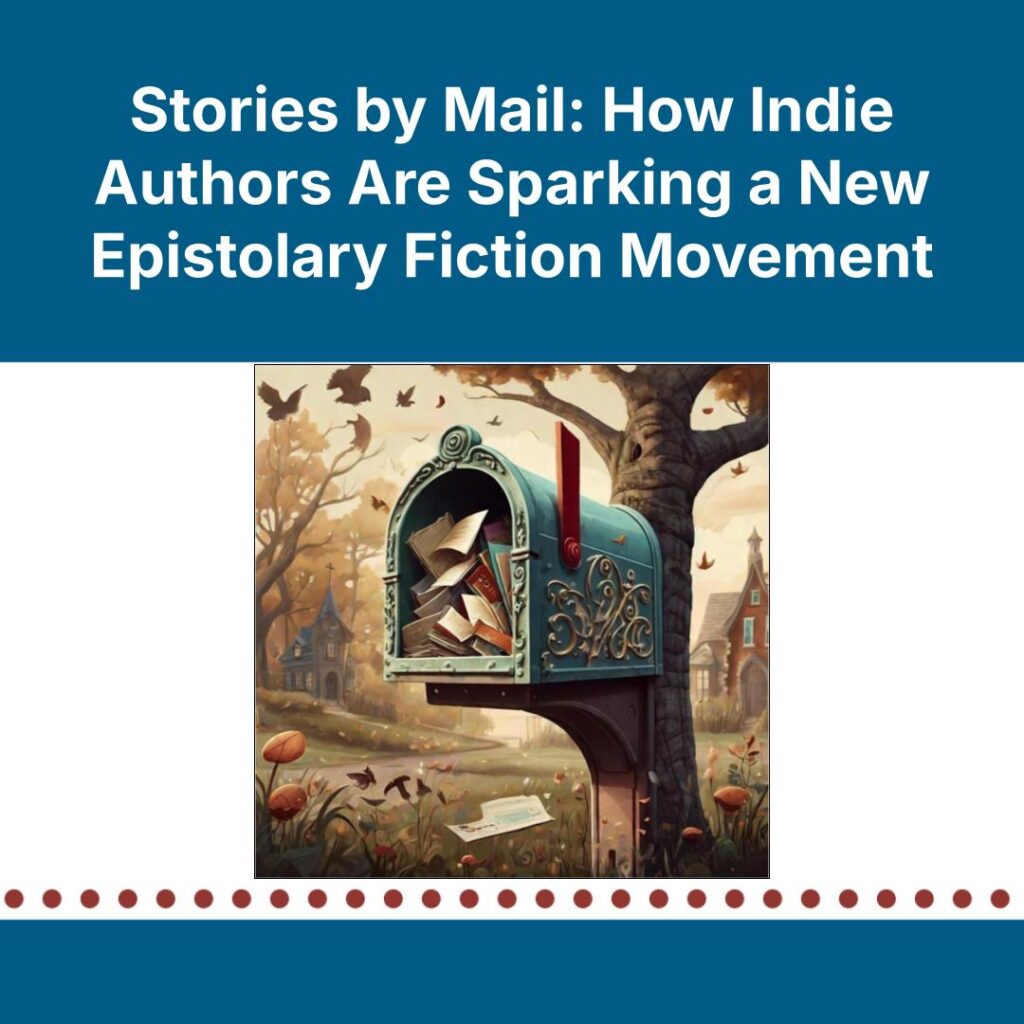With the resurgence of horror as a popular genre in the last several years, the world is seeing a plethora of writers try their hand at it. Whether you’re conjuring up a spine-tingling screenplay or aiming to be the next Stephen King, there are things to consider within your horror subgenre, especially as it relates to genre tropes.
Stakes
All horror novels have stakes, and they should be made immediately known. Your reader needs a reason to worry about the safety and mental state of the main character from page one. Thrusting them into danger or setting up the threat early will douse the reader in cold sweats and not allow them to stop reading until “The End.”
The stakes should also be extremely dangerous or traumatic to your main characters and reader alike. It’s the level of terror and fear that takes a book from thriller to horror. Most thrillers include killers and an element of mystery, while horror is more in-your-face with the level of thrills and chills. Some horror novels even fall just on the other side of thriller.
Consider Stephen King’s Mr. Mercedes. Despite having the traditional thriller trope of “cat and mouse” between the cop and killer and the novel’s awards in the mystery genre, the graphic nature of the crimes and the psychological torment of the cop sets the book firmly in the world of horror. He sets forth the stakes at the very beginning, making it an interesting read and a fitting example of how to write horror using a serial killer.
Characters
With stakes comes introducing your characters to your audience. Imagine a film or book where you didn’t care if the characters lived or died. You wouldn’t want your readers to have this same reaction. If there is no one to care about, the stakes don’t matter, and chances are the reader will not finish the book. Write characters so they feel real, don’t become trite, and make smart decisions so your readers have no choice in being connected to them.
Pacing
Longer sentences in the beginning can ramp up suspense, with the resulting horror written in short, snappy sentences, scenes, and chapters. As tension mounts, the shorter these things become. Staccato writing raises the heart rate of the reader, increases their apprehension, and makes them bite those nails down to the quick. Then, ending chapters with a hook that jeopardizes our beloved characters fuels panic and dread.
Research
Beyond these tropes, the number one thing to consider is how to make your novel stand out. Instead of leaning on the overused, try something new. Readers of the genre embrace ingenuity and invention. They crave new monsters to terrify them, new reasons to tremble in the dark under the covers, and new ways to fear the ordinary. You may say, “But there’s nothing new under the sun,” but this only serves to limit your imagination. One way to bring a fresh take to horror is to research. Learn horrors from around the world or lesser-known legends and bring them to life. Masterclass recommends, “Aside from reading or watching more horror examples, look up old and ancient mythologies … Did [tropes] originate in a specific culture? What are other aspects of this trope that you haven’t seen done … ?” (https://www.masterclass.com/articles/how-to-avoid-cliches-when-writing-horror#4-tips-for-avoiding-clichs-in-your-horror-writing)
No matter if you’re tackling the paranormal, demonic, or natural born killer, there are ways to keep your story fresh and exciting while scaring even the most desensitized reader. With a little investigation, work, and ingenuity, any writer can create something to keep readers up all night with the lights on.









